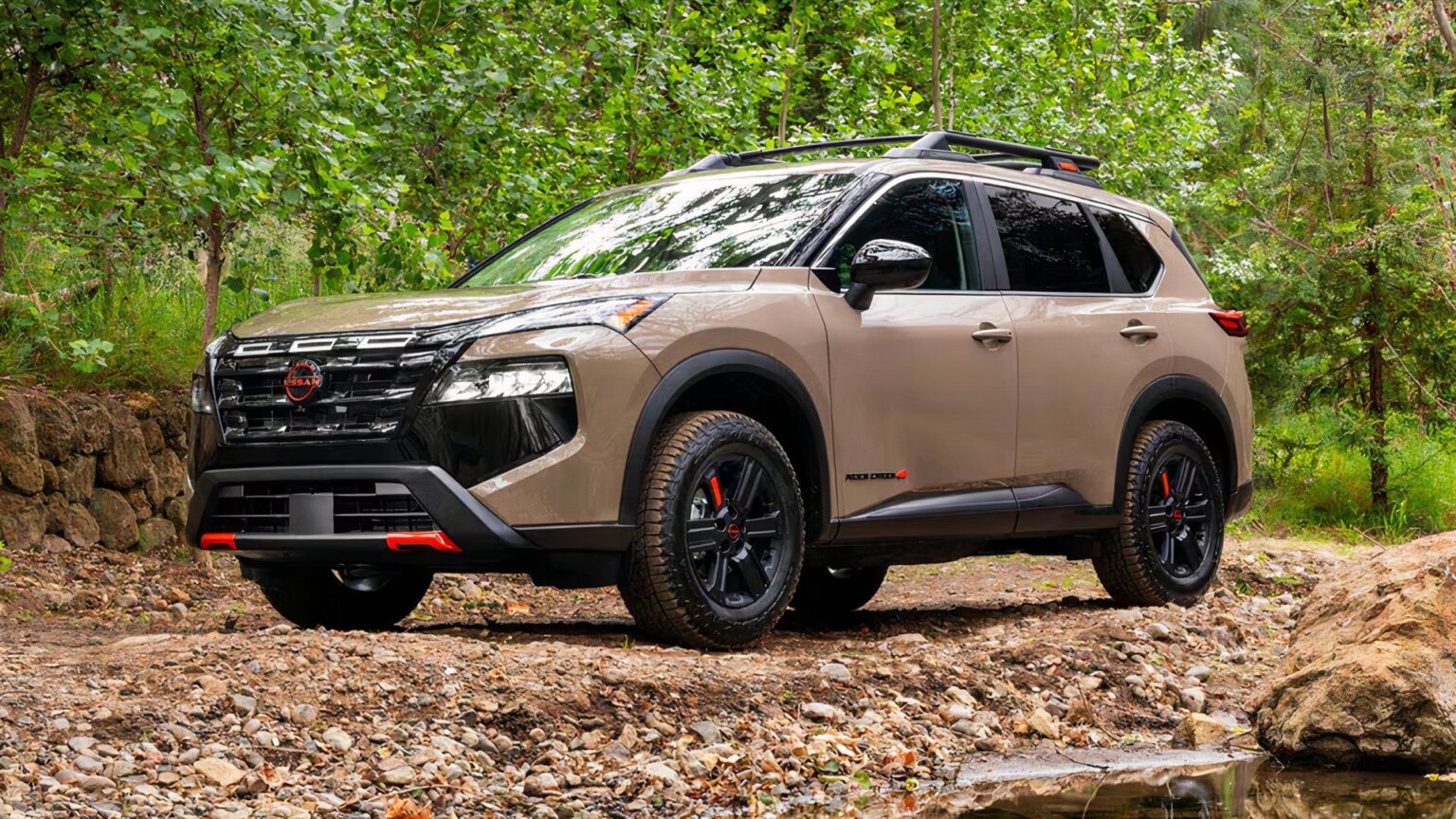In the face of rising tariffs and economic uncertainty, Nissan is taking a page from Rahm Emanuel’s crisis playbook: turning challenge into opportunity. With the Trump administration weighing or implementing increased tariffs on foreign-made vehicles and parts, many automakers are scrambling to adjust their operations. Nissan, however, sees a strategic edge, and it’s rooted in Tennessee and Mississippi.
“We have an opportunity, I think, with this tariff thing,” said Vinay Shahani, head of sales and marketing for Nissan USA, in an interview with Motor1 at the New York Auto Show. He pointed to the company’s long-standing U.S. manufacturing base, with plants in Smyrna, Tennessee, and Canton, Mississippi, as key assets in weathering the tariff storm.
Nissan Makes Its Most Popular Cars In The South
These facilities produce core models like the Rogue, Pathfinder, Frontier, and Altima—vehicles that make up a significant portion of Nissan’s American sales. Shahani confirmed that Nissan is shifting more Rogue production to the U.S. to keep Smyrna operating at full clip. That shift is well-timed, as the new-generation Rogue will debut soon, complete with a long-awaited hybrid powertrain and plug-in option.
While the company still imports models like the Armada and Nissan Z from Japan and builds others, such as the Sentra and Kicks, in Mexico, a substantial part of Nissan’s U.S. portfolio is already domestic. That local footprint gives Nissan the flexibility to sidestep some of the cost pressures tariffs bring, especially critical as vehicle prices continue to climb.
Nissan Has Momentum
Nissan’s recent momentum is also helping. U.S. sales are up 5.7 percent year-over-year as of April 1, with affordable models gaining traction as American consumers opt for lower-cost options. “There’s a big opportunity in the marketplace for these vehicles under $30,000,” Shahani said, noting that Nissan currently offers six models that start below that threshold.
Ponz Pandikuthira, Nissan’s head of product planning in the U.S., emphasized that the brand’s appeal lies in offering better, more refined vehicles without pricing them out of reach. “We’ve hit that sweet spot as an accessible brand,” he said, pointing to the success of the Kicks and Sentra, even as the latter nears the end of its current life cycle.
There’s Still A Bit Of A Branding Issue
Still, both executives acknowledge that Nissan has work to do in terms of marketing. Shahani spoke candidly about how the brand lost some of its “mojo” over the years but is working to recapture the cool, underdog spirit that once defined it. Models like the Frontier and Murano, he said, are “diamonds in the rough” that deserve more spotlight.
TopSpeed’s Take
Looking ahead, Nissan has ambitious plans. Beyond the refreshed Rogue and Sentra, expect a wave of hybrids, a reborn Leaf as a compact EV crossover, and if Shahani and Pandikuthira get their way, a new Nissan Xterra.
Nissan has navigated rough waters before, most notably during the 1973 fuel crisis, when its then-Datsun lineup captured the market’s shift toward efficiency. If history repeats itself, and affordability becomes the name of the game again, Nissan might just be poised to lead the charge.
Source: Nissan, Motor1
Read the full article here


